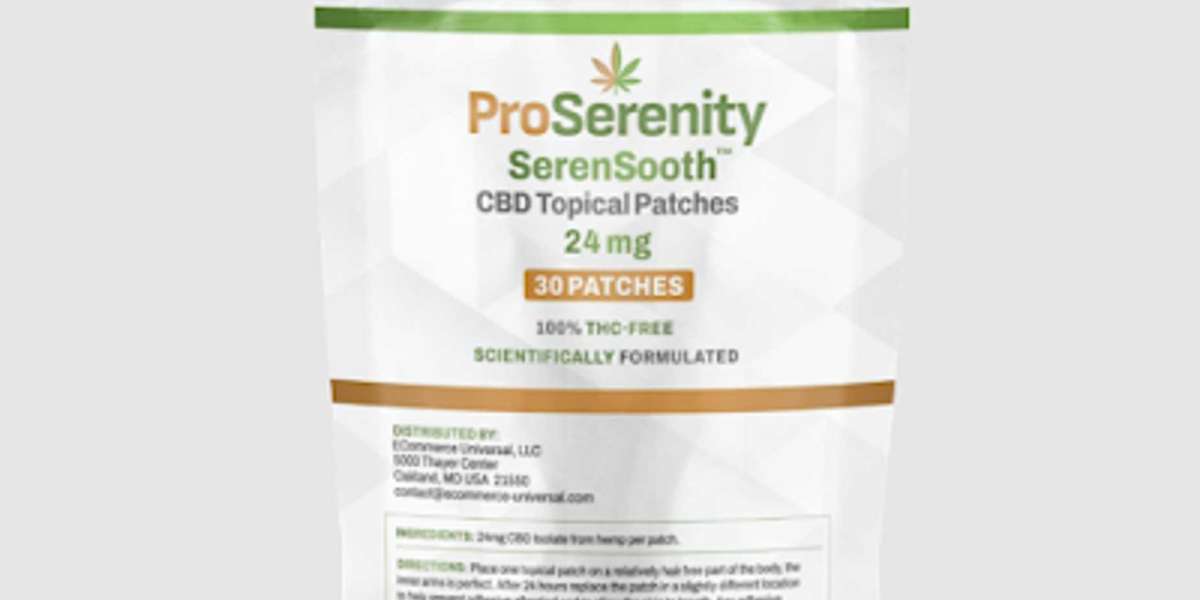The Role of Sterile Vials in Pharmaceutical Packaging
In the realm of pharmaceutical packaging, sterile vials emerge as unsung heroes, ensuring the integrity and safety of crucial medications. These small, seemingly unassuming containers play a pivotal role in preserving the potency and efficacy of pharmaceutical formulations. This article explores the multifaceted role of sterile vials in pharmaceutical packaging, shedding light on their design, manufacturing processes, and the critical impact they have on the stability and reliability of medicinal products.
- The Foundation of Pharmaceutical Integrity:
Sterile vials serve as the foundation of pharmaceutical integrity, providing a secure and contamination-free environment for medications. The term "sterile" is paramount, signifying the absence of microorganisms that could compromise the stability and safety of pharmaceutical formulations. Pharmaceutical manufacturers place a premium on maintaining sterility throughout the vial's lifecycle, from production to storage and ultimately to the patient.
- Materials Matter: The Construction of Sterile Vials:
Sterile vials are typically constructed from high-quality materials designed to meet the stringent requirements of pharmaceutical packaging. The most common materials include borosilicate glass and various types of plastics, each chosen for its specific attributes. Borosilicate glass, known for its exceptional clarity and resistance to chemical interactions, is favored for its compatibility with a wide range of pharmaceutical formulations. Plastics like polyethylene and polypropylene offer advantages such as light weight, durability, and shatter resistance.
- Manufacturing Processes Ensuring Sterility:
The manufacturing processes of sterile vials are meticulously designed to eliminate the possibility of contamination. Vial production involves precision molding or forming, followed by thorough cleaning and sterilization steps. Cleanroom environments with controlled air quality are standard in sterile vial manufacturing, ensuring that the final product remains free from particulate matter and microorganisms.
- Types of Sterile Vials: Meeting Diverse Pharmaceutical Needs:
Sterile vials come in various types to meet the diverse needs of pharmaceutical formulations. Key categories include single-dose vials, multi-dose vials, and lyophilization vials. Single-dose vials, as the name suggests, are intended for a one-time use, preventing contamination that might occur with repeated access. Multi-dose vials, on the other hand, allow for multiple withdrawals of medication, often featuring added features such as rubber stoppers and sealing caps to maintain sterility between uses. Lyophilization vials are specifically designed to withstand the freeze-drying process, ensuring the stability of medications that undergo this preservation technique.
- Rubber Stoppers and Sealing Caps: Guardians of Sterility:
The integrity of sterile vials is often reinforced by rubber stoppers and sealing caps. These components serve as additional barriers against contamination, providing an airtight seal to prevent the ingress of microorganisms and maintain the sterility of the pharmaceutical contents. The choice of materials for stoppers and caps is critical, considering their potential interactions with the medication and their role in ensuring the vial's hermetic seal.
- Packaging for Protection: Safeguarding Sterile Vials from External Threats:
Sterile vials are not standalone entities; their protection extends to the packaging that surrounds them. Pharmaceutical manufacturers invest in packaging solutions that shield sterile vials from external threats such as light exposure, temperature variations, and physical damage during transportation. Opaque materials and protective coatings are often employed to preserve the stability of light-sensitive medications.
- Ensuring Compliance with Regulatory Standards:
The production and use of sterile vials are governed by stringent regulatory standards to safeguard patient safety. Regulatory authorities, including the U.S. Food and Drug Administration (FDA) and the European Medicines Agency (EMA), mandate compliance with Good Manufacturing Practices (GMP) and other guidelines specific to sterile pharmaceutical packaging. Manufacturers must adhere to these standards to ensure the sterility, quality, and safety of pharmaceutical products.
- Stability Testing: Guaranteeing Medication Efficacy:
Stability testing is a critical aspect of pharmaceutical manufacturing, and sterile vials undergo rigorous testing to guarantee the efficacy of medications over their shelf life. Stability studies assess how pharmaceutical formulations respond to various environmental conditions, including temperature, humidity, and light exposure. The data obtained from these studies inform manufacturers about the appropriate storage conditions and expiration dates for their products.
- The Importance of Sterility in Parenteral Medications:
Sterile vials are particularly crucial in the packaging of parenteral medications, which are administered directly into the bloodstream. Any contamination in these medications can have severe consequences, making the maintenance of sterility paramount. This category includes injectables, infusions, and other formulations that bypass the body's natural defense mechanisms, emphasizing the need for aseptic manufacturing and packaging processes.
- Advancements in Sterile Vial Technology: Innovations Driving Progress:
The landscape of sterile vial technology continues to evolve, with ongoing innovations driving progress in pharmaceutical packaging. Advancements include the development of ready-to-use sterile vials that eliminate the need for pre-use washing and sterilization, enhancing convenience and reducing the risk of errors. Additionally, manufacturers are exploring novel materials and manufacturing techniques to further improve the performance and sustainability of sterile vials.
- Lyophilization and Sterile Vials: Preserving Medications for the Long Haul:
Lyophilization, or freeze-drying, is a common preservation technique for certain pharmaceutical formulations. Sterile vials designed for lyophilization undergo specialized manufacturing processes to withstand the stresses of freezing and drying without compromising their integrity. The resulting lyophilization vials enable the long-term storage of medications while maintaining their stability and efficacy.
- Challenges in Sterile Vial Packaging: Overcoming Hurdles for Pharmaceutical Safety:
Despite their critical role, sterile vial packaging faces challenges that demand continuous innovation and problem-solving. Issues such as delamination of glass vials, compatibility concerns between medications and packaging materials, and the risk of particulate contamination necessitate ongoing research and development efforts. Addressing these challenges is essential to ensure the safety and reliability of sterile vials in pharmaceutical packaging.
- Sustainability in Sterile Vial Manufacturing: A Growing Imperative:
As the global focus on sustainability intensifies, the pharmaceutical industry is increasingly recognizing the importance of sustainable practices in sterile vial manufacturing. Efforts to reduce the environmental impact of vial production include the use of recycled materials, optimization of manufacturing processes to minimize waste, and exploring alternative materials with lower ecological footprints.
- The Intersection of Technology and Patient Safety:
Sterile vials represent a convergence of advanced technology and the fundamental principle of patient safety. The intricate processes involved in their design, manufacturing, and usage demonstrate the industry's commitment to delivering pharmaceuticals that are not only efficacious but also safe for patient administration








